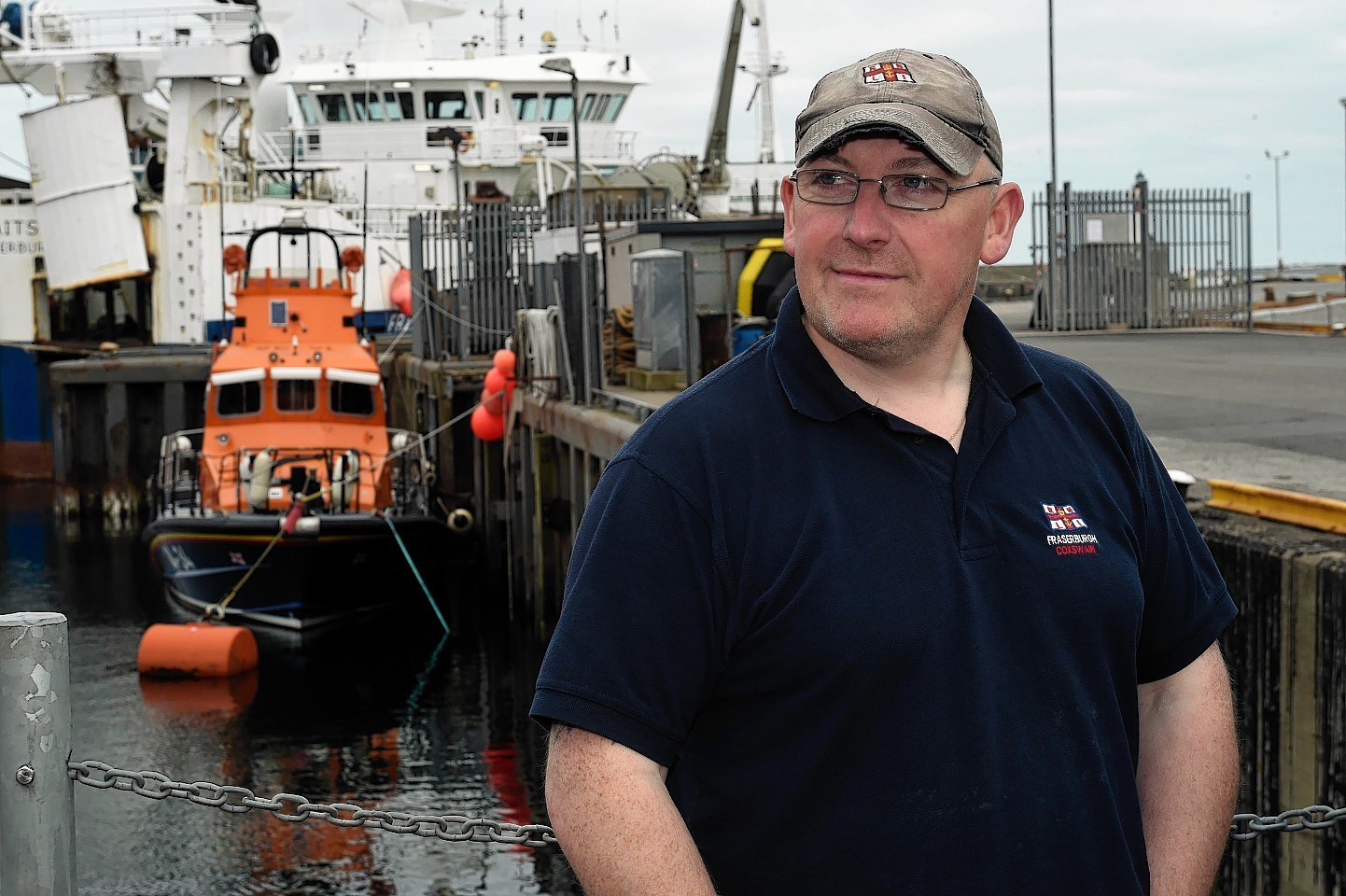A north-east port is commemorating its role in the wartime rescue of a stricken steamer this month.
Fraserburgh’s lifeboat was called out on August 8, 1915, when a Belfast boat was attacked by a German submarine off the coast of the town.
The volunteers rescued all 14 crew of the cargo ship SS Glenravel before she was scuttled by the U-boat in what was to become one of the RNLI’s most memorable missions.
It was also the first rescue for the lifeboat, Lady Rothes, which was donated by the father of a Titanic survivor only four days earlier.
The story is now highlighted in a national touring exhibition which is being staged at the Museum of Scottish Lighthouses this month.
Last night, the current Fraserburgh coxswain Victor Sutherland said the heroism of his predecessors represented an important chapter in of the town’s history.
“It would have been dangerous and compared to the boat we have just now, where we have heating and a kettle on-board, I can’t even comprehend what they must have faced,” he added.
“I would encourage everyone in the community to go up to the museum and learn about a very important part of Fraserburgh lifeboat’s history and the RNLI’s involvement in the war.”
This story was chosen by the organisers of the RNLI’s Hope in the Great War exhibition which commemorates the centenary of the conflict and features six inspirational lifeboat rescues from around the British Isles.
Funded by Arts Council England, the display honours the bravery of RNLI volunteers who risked their own lives to save others during World War I.
The Lady Rothes was Fraserburgh’s first motor driven lifeboat and was named after the Countess of Rothes, a survivor of the Titanic.
It was a gift to the RNLI from her grateful father Thomas Dyer-Edwards and both were present at the naming ceremony.
Fraserburgh lifeboat’s legendary coxswain of 30-years, Andrew Noble, who was in charge that day, died four years later in a disaster at sea in 1919.
Two years ago Fraserburgh Sea Cadets produced an animation telling the story of the lifeboat rescue which is featured in the exhibition.
